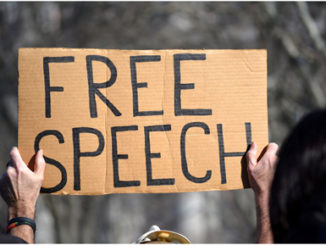
NEW DELHI (TIP): India on May 8 rejected the findings of a World Health Organisation (WHO) study that ranks New Delhi as the world’s worst city for air pollution, with government scientists saying the U.N. agency had overestimated levels in the capital.
A WHO study of 1,600 cities released on Wednesday found air pollution had worsened since a smaller survey in 2011, putting city-dwellers at a higher risk of cancer, stroke and heart disease. The study found New Delhi to have the dirtiest air, with an annual average of 153 micrograms of small particulates, known as PM2.5, per cubic metre.
“Delhi is not the dirtiest … certainly it is not that dangerous as projected,” said A.B. Akolkar, a member secretary of the Central Pollution Control Board of India. One health advocacy group welcomed the WHO study, however, saying it should spur the Indian government to tighten up fuel emission standards. Growing traffic on city streets is a major cause of air pollution.
The Centre for Science and Environment (CSE) said the government should respond by setting an ambitious agenda to reduce toxic risks in Asia’s third-largest economy. “This database confirms our worst fears about how hazardous air pollution is in our region,” Sunita Narain, director general at the CSE, said in a statement that called for uniform fuel emission standards to be implemented across India in 2015. Thirteen of the dirtiest 20 cities were in India, the WHO said, with New Delhi, Patna, Gwalior and Raipur taking the top four spots.
Beijing, notorious for the smog that has prompted some Anglophone residents to dub it “Greyjing”, was in 77th place with a PM2.5 reading of 56, little over one third of Delhi’s pollution level. However, Gufran Beig, chief project scientist at the Indian Institute of Tropical Meteorology, said New Delhi’s air quality was better than Beijing’s, at least during the summer and the monsoon season.
Pollution levels in winter are relatively higher in New Delhi because of extreme weather events, Beig added. “The value which has been given in this (WHO) report is overestimating (pollution levels) for Delhi … the reality is that the yearly average is around 110 (micrograms),” said Beig.





Be the first to comment